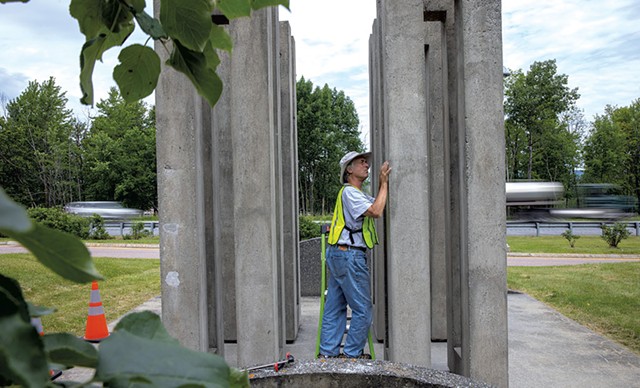
- James Buck
- Bob Hannum with "Cuarto Torres" by Eduardo Ramirez
Next to the welcome center at the Williston southbound rest area along Interstate 89 stands a curiosity: "Cuarto Torres," or "Four Towers," a concrete sculpture made in 1971 by Colombian artist Eduardo Ramirez. Tall enough to be seen from the highway, the abstract geometric construction consists of four groups of four tall, slender, square piers. Each grouping is connected at the base or top in a kind of M.C. Escher-like puzzle.
When state curator David Schutz was hired nearly 40 years ago, he learned that Ramirez's sculpture was one of 22 made during two international sculpture symposia held in Vermont, in 1968 and 1971, when artists from around the world came to create works in marble and concrete, respectively. The sculptures were placed along Vermont's highways, which were so new that parts of Interstate 91 had yet to be built. The Sculpture on the Highway project was born, but it was soon abandoned to the elements, neglect and overgrowth.
"There was no plan to continue to care for the sculptures," Schutz said. He's responsible for preservation of the state's art collection, which includes Sculpture on the Highway. He has spent two decades trying to rescue the sculptures, which are now collectively recognized as the only statewide interstate sculpture park in the U.S.
Two forces recently came together to make their rehabilitation finally possible. In 2020, Schutz's office won a Save America's Treasures matching grant for $241,000 from the National Park Service. And sculpture conservator Bob Hannum showed up out of the blue.
Hannum had spent decades traveling the world, conserving and placing contemporary sculpture; the U.S. Department of State, with all of its embassies abroad, was a major client. Five years ago, he relocated to Vermont to be closer to his grandchildren. Then the pandemic hit, putting his business, Arts Management Services, on hold. With little to do, he paid a visit to the state curator.
Standing by the highway next to "Four Towers," Hannum recalled with a grin, "I introduced myself to David, and he said, 'Boy, do I have a project for you.'"
Since then, Hannum has been a "godsend," Schutz said. The conservator said he has been spending about three-quarters of his time working partly pro bono on Sculpture on the Highway. After the Parks grant came through, he developed a plan for cleaning and repairing the nine cement sculptures of the 16 total remaining. (Some artists sold their creations, and one sculpture fell apart.) Hannum's plan has been vetted by the Getty Conservation Institute in Los Angeles, a world leader in conservation protocols. He'll write another plan for the marble sculptures this winter.
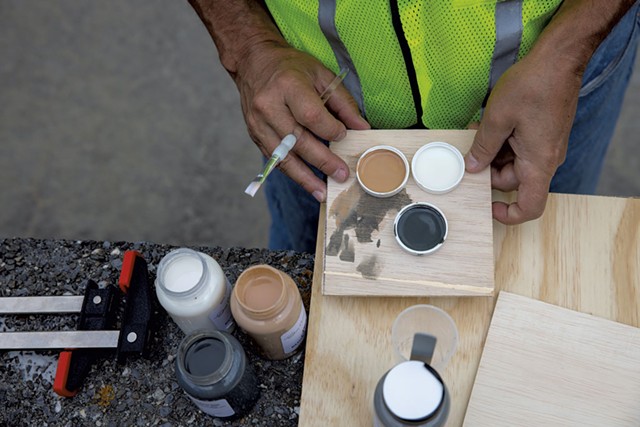
- James Buck
- Bob Hannum
Hannum spent months testing the Getty's suggestions. He discovered that the best cleaning solution for 53-year-old cement is a steam clean and water rinse. Trained volunteers started the process in June, and "Four Towers" is among the first to be finished. Hannum pulled up photos on his phone of the sculpture before cleaning: Darkened by mold, dirt and age, it looks nothing like its current light-hued appearance.
Hannum will do repairs himself. Most of the cement sculptures are cast reinforced concrete, made by pouring wet concrete into a temporary plywood form that surrounds a metal support structure. Over time the metal has spalled, or eroded, bursting off chunks of cement. Each repair needs an exact color match.
Sculptor and University of Vermont art professor Paul Aschenbach organized the long-ago symposia, in part by soliciting donations from Vermont Marble in Proctor and S.T. Griswold (now S.D. Ireland) in Williston, according to Schutz. The idea came from Austrian Karl Prantl, who founded the international sculpture symposium movement in 1959 as a way for artists to work cross-culturally during the tensions of the Cold War.
Prantl was among the artists who came in 1968 to work in marble. His untitled sculpture currently lies in the woods at a closed weigh station in Springfield — one of many works buried in vegetation that Hannum had to uncover. International participants came from Germany, Japan, South Africa and elsewhere; Americans included Bradford Graves, James Silva and Clement Meadmore. The last artist's abstract monumental steel sculptures are in the collections of New York City's Metropolitan Museum of Art and other major institutions; in Vermont, Meadmore made his first — and last — work in cement.
"Meadmore complained about everything," recalled Doug Griswold, who was 24 years old and a year out of college when his father, Steele Thatcher Griswold, assigned him to help the artists in summer 1971. Doug spent every day with them and their apprentices for eight weeks, sometimes staying with them at the Rock Point Girls School in Burlington. Among the apprentices was Aschenbach's student Kate Pond, who went on to become one of Vermont's best-known sculptors.
At the time, the younger Griswold knew cement but nothing about art, he recalled: "I was just excited to be doing it. It was a bunch of crazy artists who were like kids in kindergarten when the concrete showed up. They worked like dogs." The medium was new to every last one, and each approached it differently. Some treated it like the metal or wood they were accustomed to using; others "really pushed the envelope," he said. "I spent time with a couple of them, saying, 'I'm not sure this is going to last.'"
His care resulted in a group of sculptures that, Hannum noted, have lasted remarkably long with no upkeep. When he and Griswold toured them together last fall, Griswold remembered each one. "It was like seeing old friends," he said.
Hannum projects that the rehabilitation of Sculpture on the Highway will take at least five more years. The nonprofit Friends of Sculpture on the Highway, which Hannum helped found, is raising private funds. Nearly all the works need foundations, and several need to be moved to rest areas that themselves need lighting and accessibility improvements, if not total rehabilitation. That plan is also finalized: Raycroft Meyer Landscape Architecture in Bristol recently completed a detailed scoping study to inform future site renovations.
Peter Meyer, who has worked with sculptors Louise Bourgeois and Joel Shapiro, said Raycroft Meyer did "a ton of fieldwork." Using a 1971 photo, for example, the firm discovered that Aschenbach's untitled concrete sculpture at the northbound Waterbury rest area was lifted into its current position by a well-meaning troop of Boy Scouts. Restoration will include returning it to its original position, he said.
"Some [sculptures] are completely buried. Some are at closed rest areas or gated-off weigh stations," Meyer said. For "ancient" welcome centers such as Georgia's that are due for improvements, the firm is coordinating its plans with the Vermont Agency of Transportation — which will also construct the sculptures' foundations.
Hannum envisions the completed sculpture park as a 400-mile trail of rehabbed welcome centers — spanning the length of both interstates — with new signage, lighting and pathways for each sculpture and a passport program to encourage visitors to view them all.
"People will stop to charge their cars, and they'll walk around," he said. "It's going to be gorgeous."
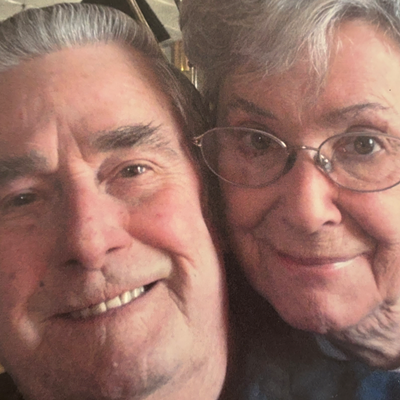
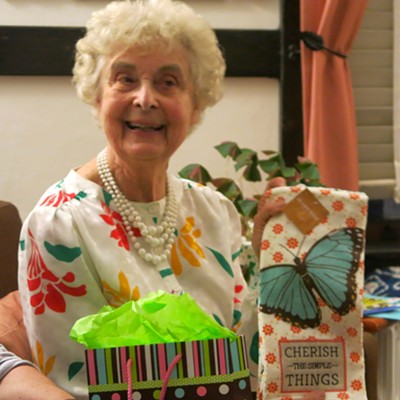
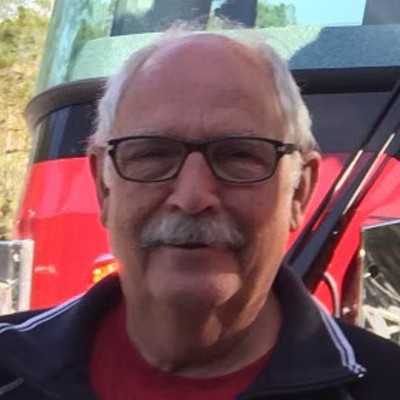
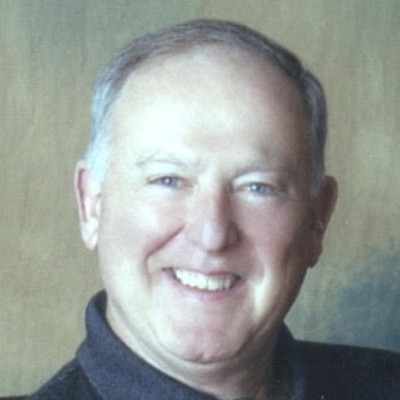
Comments
Comments are closed.
From 2014-2020, Seven Days allowed readers to comment on all stories posted on our website. While we've appreciated the suggestions and insights, right now Seven Days is prioritizing our core mission — producing high-quality, responsible local journalism — over moderating online debates between readers.
To criticize, correct or praise our reporting, please send us a letter to the editor or send us a tip. We’ll check it out and report the results.
Online comments may return when we have better tech tools for managing them. Thanks for reading.